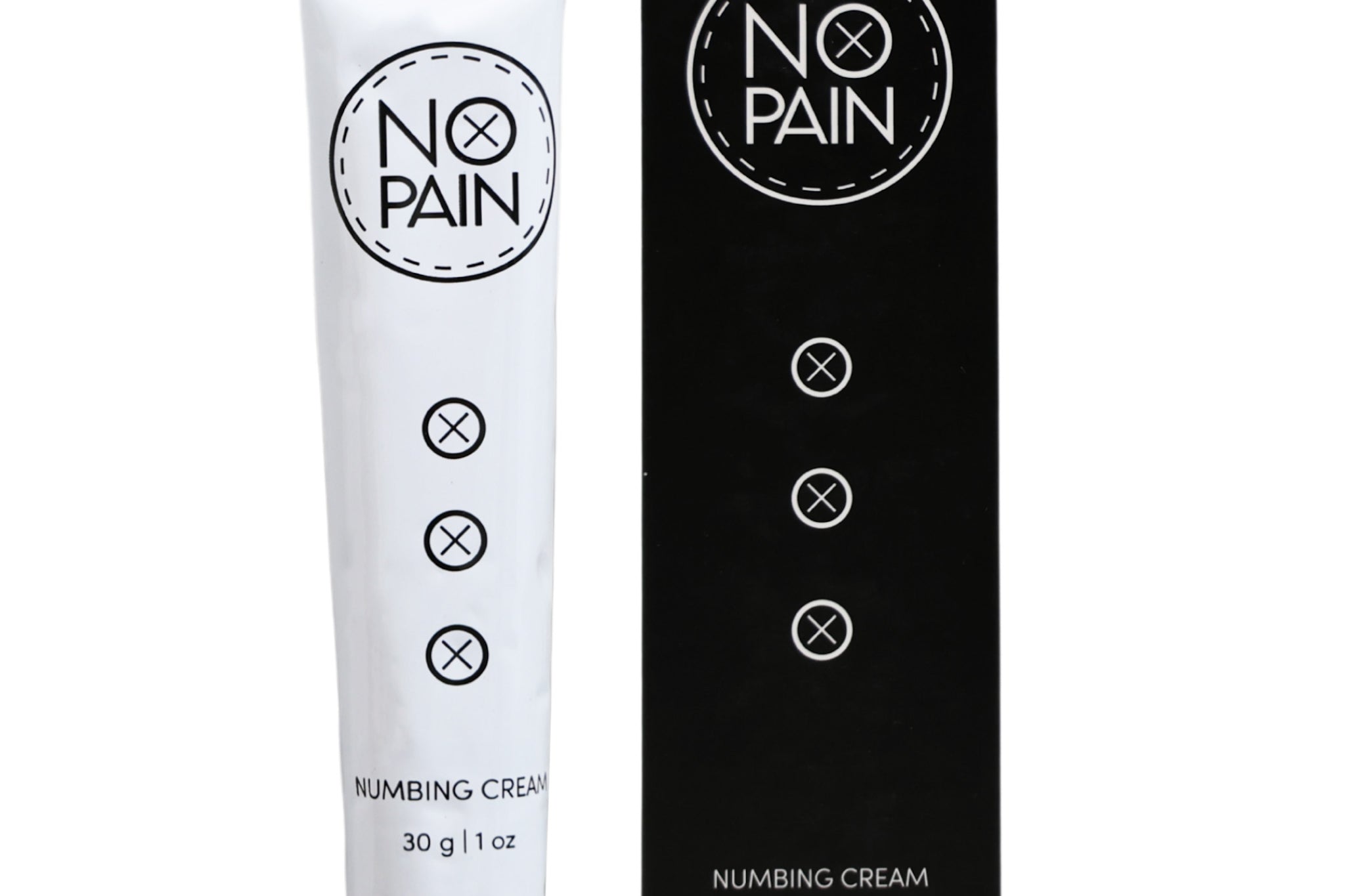A Safety Guide
The Maddening Itch: A Common Healing Challenge
It’s a stage every tattoo enthusiast knows and dreads: the maddening, uncontrollable itch. As your new tattoo enters the peeling phase of the tattoo healing stages, it can feel like you have a thousand mosquito bites under your skin. In a moment of desperation, you might raid your medicine cabinet and find a tube of hydrocortisone cream. It stops itching from bug bites and rashes, so it must be perfect for this, right?
But before you apply it, you have to ask: Is it safe to use hydrocortisone on a fresh tattoo? Will it mess with the ink or the healing process? While it might seem like a quick fix, the short answer from most professional tattoo artists is: you should avoid using hydrocortisone cream on a new tattoo. Let’s break down why this common anti-itch cream isn't the best choice for your new ink and what safer alternatives exist.
What is Hydrocortisone and How Does It Work?
Hydrocortisone is a mild topical steroid. Its primary job is to reduce inflammation. When you have a bug bite or an allergic reaction, your body creates an inflammatory response that causes redness, swelling, and itching. Hydrocortisone works by constricting the blood vessels and suppressing that inflammatory response, which in turn calms the itch.
The Risks: Why Hydrocortisone Isn't Ideal for Healing Tattoos
While reducing the itch of a healing tattoo sounds great, interfering with your body's natural healing processes comes with potential risks for your art.
-
It Can Impede the Healing Process: Inflammation is an uncomfortable but necessary part of healing. It's how your body sends blood, plasma, and healing cells to the site of an injury (your new tattoo). By using a steroid cream to artificially suppress this natural response, you could potentially slow down your body's ability to properly repair the skin.
-
Potential for Fading or Ink Loss: This is the biggest concern. Disrupting the healing process can affect how well the dermis locks in the new ink particles. Some anecdotal evidence suggests using steroids on a new tattoo might compromise the final result, leading to a less vibrant or slightly faded tattoo. It’s an unnecessary risk to the crispness of your ink.
-
Not Designed for Open Wounds: A new tattoo is essentially an open wound. Most hydrocortisone cream instructions advise against using the product on broken or damaged skin, which is exactly what a fresh tattoo is for the first couple of weeks.
The Better Solution: How to Safely Beat the Tattoo Itch
So if you can't use hydrocortisone, how do you stop a new tattoo from itching? The key is to address the cause of the itch—dry, healing skin—with products specifically designed for tattoo aftercare.
-
Don't Scratch, Gently Tap: First, never scratch your tattoo. This can pull off scabs and pull out ink, leading to patchy spots or scarring. (Related: What Happens if You Accidentally Scratch a New Tattoo?) If you need immediate relief, gently but firmly tap or slap the itchy area with a clean hand.
-
Keep It Clean and Appropriately Moisturized: This is the single best way to combat the itch. A dry, tight tattoo will always be an itchy tattoo. When the itch starts to drive you crazy, it's often a sign your skin needs moisture.
-
Start by gently washing the area with a soothing, antimicrobial cleanser like our No Pain Tattoo Cleansing Foam to remove any potential irritants without stripping the skin.
-
After patting it dry, apply our No Pain Tattoo Soothing Gel. This is our go-to product specifically for the itchy phase. Its lightweight, cooling formula is designed to calm inflammation and relieve irritation naturally, without the risks of a steroid.
-
Once the main peeling stage is well underway (often after the first week), continue moisturizing with our No Pain Tattoo Aftercare Balm to keep the new skin deeply nourished and supple, further reducing tightness and itch.
-
The Verdict: Stick to Tattoo-Specific Care
While hydrocortisone cream probably won't make your tattoo vanish overnight, it poses an unnecessary risk that can interfere with your body's natural healing and potentially affect the final look of your art. It’s not the answer for how to care for a new tattoo.
Resist the urge to grab that tube from the medicine cabinet. Stick with products specifically designed for your healing tattoo, like those in our No Pain Tattoo Aftercare Bundle. You'll get through the itchy phase with your sanity—and your tattoo's vibrancy—fully intact.

